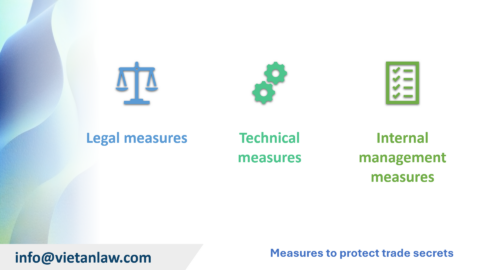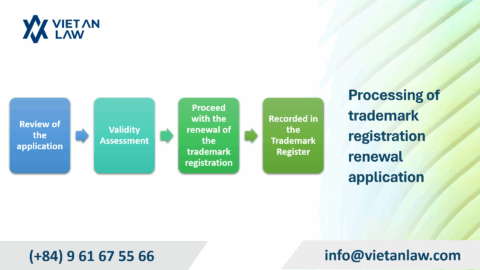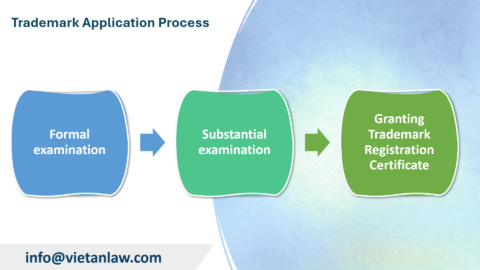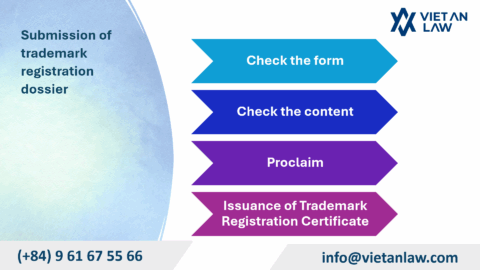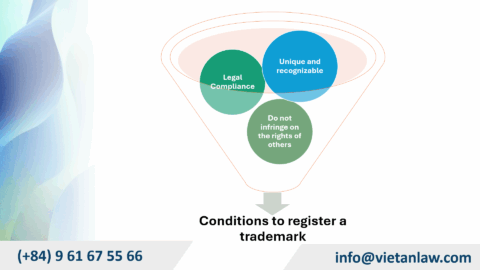Registering for protection of intellectual property rights is an area of increasing interest in the world. In the trend of international economic integration, this issue is increasingly focused. Patent registration in foreign countries is not a new concept. In Vietnam, the registration of patents abroad is gradually being approached and implemented by patent owners in order to expand the business market, introduce technology to the world as well as transfer technology. The following article of Viet An Law will provide information to you about patent registration abroad.
As of January 2019, the Paris Convention has been signed by 177 member states, becoming one of the most widely applied international treaties in the world. Vietnam joined the Paris Convention on March 8, 1949. The provisions of the Paris Convention refer to major principles for the protection of industrial property in general and the protection of inventions in particular in the member countries.
Vietnam joined the PCT Treaty on March 10, 1993. Under this Treaty, nationals of a Contracting State only need to make a single patent application, or international application, and submit it to the country’s patent office. them or to WIPO as the receiving agency. This patent application will automatically be sent to all countries participating in the PCT. In the framework of the PCT, WIPO requested “international application” with guidance on the recognition of inventions under this treaty.
The World Trade Organization (WTO) was established to provide a system of general rules for international trade to liberalize and expand trade, including rules related to intellectual property, including inventions. In addition to mentioning the basic principles of the Paris Convention, the TRIPS Agreement provides additional principles of “most-favored-nation treatment”, specifically : “For the protection of intellectual property, any privilege, favor, privilege or immunisation accorded by one Member to the nationals of any other State shall be accorded immediately and unconditionally to the nationals of all other Members”.
Most international and international legal documents stipulate the following 3 standards for the granting of patents, including:
Patent registration abroad can be conducted in a variety of ways, including:
The applicant files a patent application directly in the country he wants to protect in the required language and pays the prescribed fee. If the applicant wants to file in more than one country, you have to make many different applications.
If the applicant wants the number of countries for which the applicant wishes to file to be members of a regional patent system, the applicant may claim protection in the territories of all or some of the members, by filing an application at relevant regional authority.
For example, some patent protection systems are established in certain regions such as the European Patent Office (EPO); African Intellectual Property Organization; Eurasian Patent Organization (EAPO);…
The applicant submits an application under the PCT System. This is considered a simpler method than the above two methods. Details of the application process under this system are outlined below.
Currently, the registration of inventions under the PCT is considered the simplest and most popular when the applicant can be protected in many countries that are members of the PCT.
Clients can file a registration application in Vietnam, which can claim protection in any member country of the PCT Treaty, including Vietnam (referred to as a PCT application originating in Vietnam) can submitted in person or by post to the National Office of Intellectual Property or to the International Bureau of the World Intellectual Property Organization (WIPO).
The application dossier includes:
PCT applications originating in Vietnam are published in the Official Gazette of the PCT (PCT Gazette). The publication is conducted after 18 months from the priority date or may be earlier at the request of the applicant.
This procedure is carried out at the competent international preliminary review body under the PCT. The purpose of this procedure is to provide a preliminary and non-binding opinion on whether the invention to be protected in the application meets the claims. The appraisal agency prepares a preliminary appraisal report and sends it to the International Bureau.
At the national regime, the international application is examined in formality and substantive according to the procedures prescribed for ordinary patent applications in the host country.
If the applicant is only interested in the protection of his invention in a certain country, he will file an application for patent protection directly in that country. In order to file applications by this method quickly and conveniently, customers should use the services of Viet An Law Firm for the best support.
If you want to consult and learn more information about patent registration abroad as well as in the country, please contact Viet An Law Firm for our best support!
